
[caption id="NantGwrtheyrn_img1" align="aligncenter" width="661"]
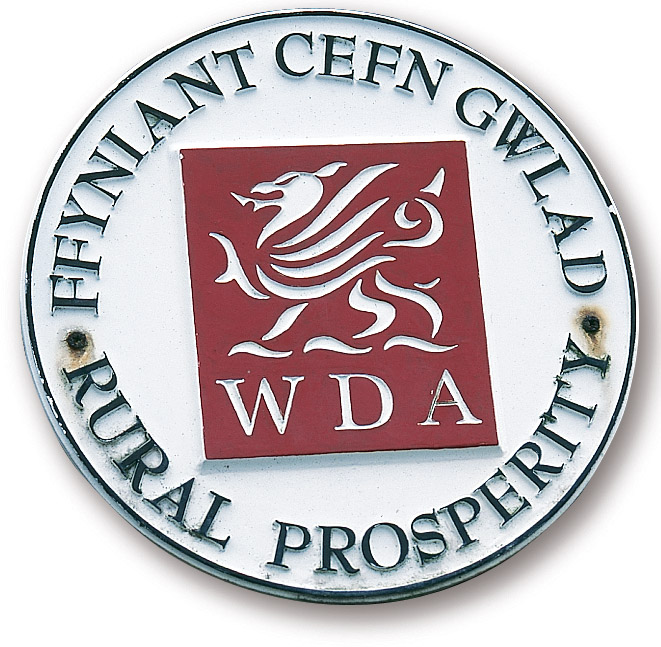
Yvonne Michie Horn
TO THE UNINITIATED, Aberystwyth, Llwyndafydd or Pwllheli, present a pronunciation nightmare, let alone Llanfairpwllgwyngyllgogerychwyrndrobwllllantysiliogogogoch, a town with a name so long that it wraps itself around the facade of the railroad station. Simply asking for directions can become a daunting, if not hilarious, task in Wales.
Enter the Nant Gwrtheyrn Welsh Language and Heritage Centre, specializing in inexpensive, intensive Welsh courses. To date, more than 25,000 would-be Welsh speakers have taken the mile-long, winding road down to its remote location on the Lleyn Peninsula to immerse themselves for a day, a week or more in one of Europe’s oldest languages. Nant Gwrtheyrn’s location is particularly apt; more than 80 percent of those who call the Lleyn Peninsula home speak Welsh as their first language.
[caption id="NantGwrtheyrn_img2" align="aligncenter" width="1024"]
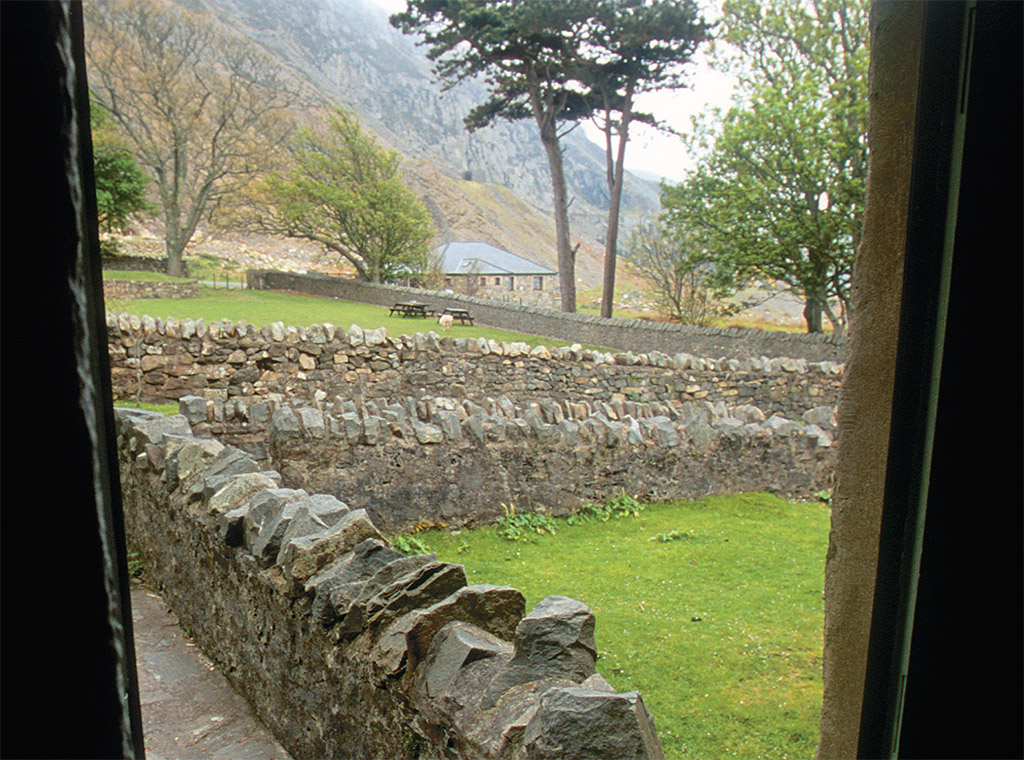
Tim Thompson
“The Nant,” with a stony mountain face at its back and the sea at its front, occupies the entirety of an 1850 granite-quarrying village. The remains of an Iron Age hill fort and other archaeological finds, however, point to much earlier habitation. According to Aled Jones- Griffith, chief executive of the center, Nant Gwrtheyrn is rife with ancient legends, sorcerers’ curses, tales of fire-spewing dragons and monstrous dream-giants in charge of mist-drifted mountains and valleys. That aside, or perhaps partly because of it, the village has been named a World Heritage Site.
The quarry closed after World War II, its last inhabitants departing in 1959. During the 1960s, the New Atlantis Commune settled in for several years. Leaving the village in near ruins, the commune moved on to join with other flower children drawn to John Lennon’s vision of communal living on Dorinish Island off the Irish coast.
[caption id="NantGwrtheyrn_img3" align="aligncenter" width="1024"]
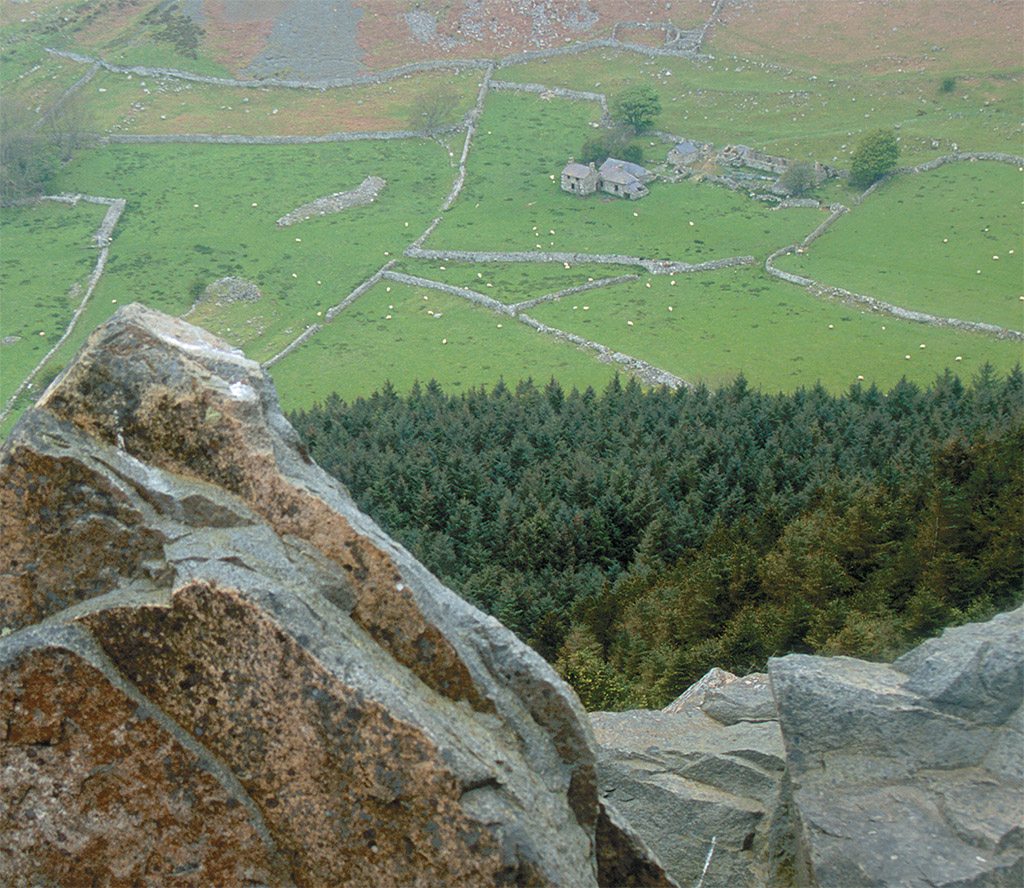
Tim Thompson
In 1973 the Welsh Language Act was passed. Welsh, the language of Cymru [Wales], spoken until the Normans invaded in 1066, was officially declared a tongue of the land, equal in every way to English. Television and public radio stations broadcast in Welsh, magazines and newspapers are published in it, and schools throughout Wales follow the mandate to teach the language. Today it is an advantage for both leisure and business visitors to have at least some knowledge of pronunciation and basic phrases, especially when traveling in the more nationalistic north.
[caption id="NantGwrtheyrn_img4" align="aligncenter" width="718"]
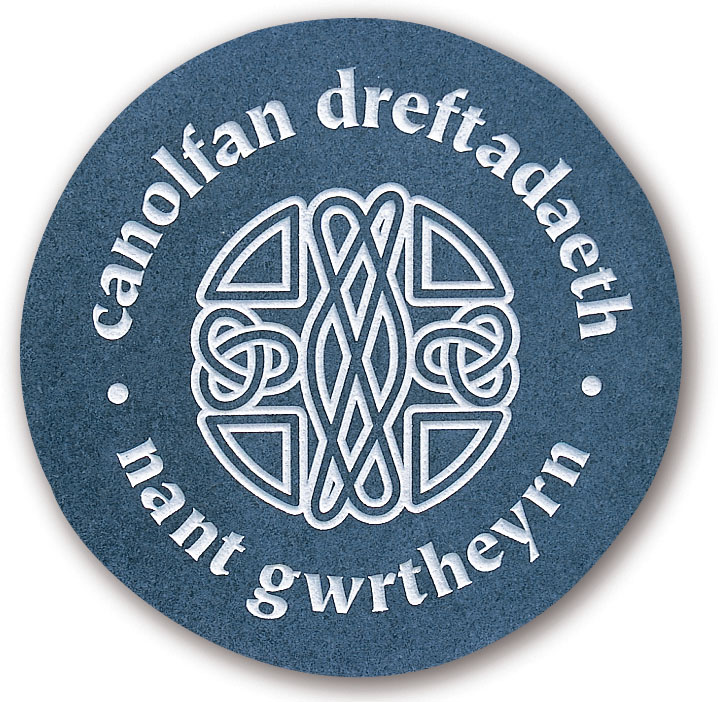
“A vision of combining the needs of the Language Act with a need to boost employment on the economically deprived Lleyn Peninsula gave rise to the Nant Gwrtheyrn Trust,” Jones-Griffith explains. The village—26 stone dwellings, a church, the quarry manager’s house and surrounding land—was purchased in 1978. The slow process of restoring the village for contemporary habitation began. “Twenty people are now permanently employed [there],” continues Jones-Griffith, “making the center one of the largest employers in this sparsely populated area.”
A full range of courses is given at the Nant, including the option of one-on-one instruction. Beginning classes concentrate on basic structure and vocabulary, with the goal of using the language immediately in simple, everyday conversation. Intermediate students add writing skills to oral communication. Advanced learners are introduced to idioms by way of contemporary usage, such as in newscasts. Group sessions, for five to 15 participants, are tailored by informal teaching techniques to the needs of the students. “Our goal is to demystify the language and make learning an enjoyable experience,” says Jones-Griffith.
[caption id="NantGwrtheyrn_img5" align="aligncenter" width="1024"]
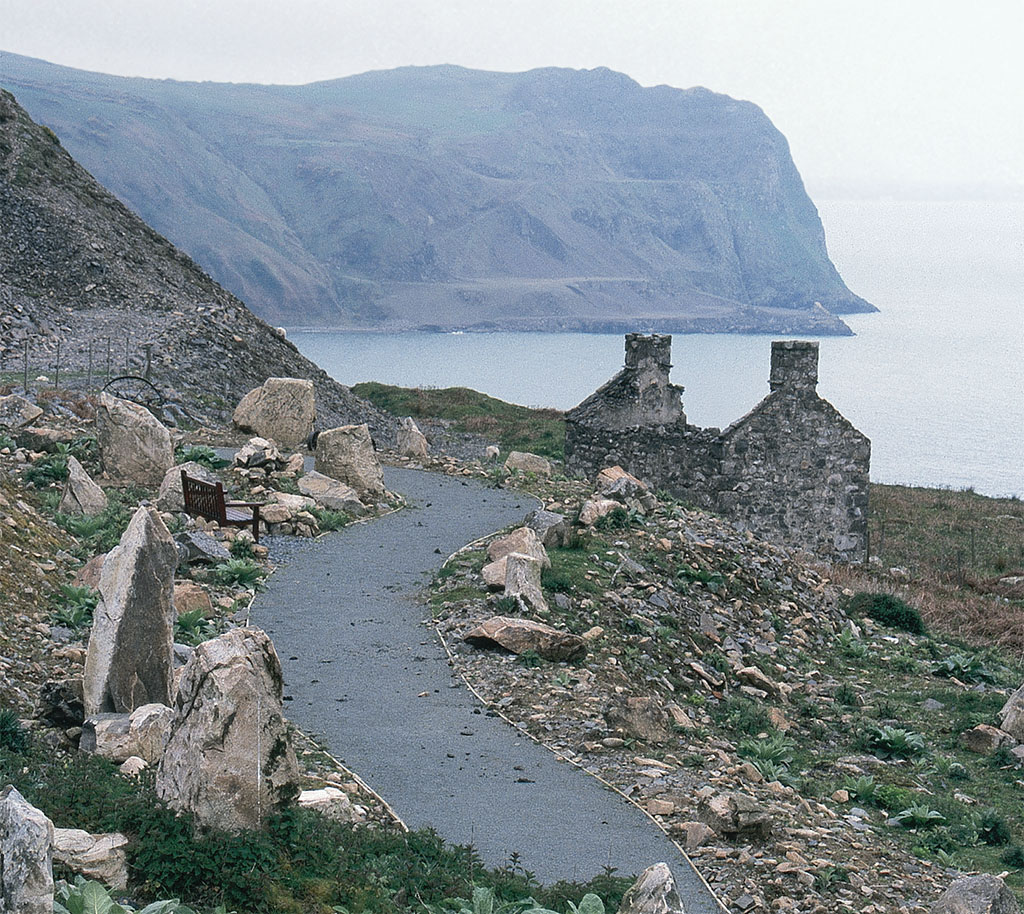
TIM THOMPSON
Costs are modest at the Nant. “Welsh in a Week,” for example, is an intensive, Monday through Friday, full immersion in the language with classes scheduled both morning and afternoon. Activities and entertainment, in Welsh, are arranged for evenings. Housing in a shared cottage with full board for five days is £350. Two- or three-bedroom cottages are basic but comfortable and include a living area and an equipped kitchen, for a self-catering option. Classes are held in the quarry manager’s house. What was once a cowshed is now a restaurant and small pub. The church has received a bright and airy face-lift and is available for small conferences.
“I cannot imagine a better place to learn the language,” declares Jones-Griffith. “Its isolation alone invites concentration.” While the center’s stated mission is to educate people about the language and heritage of Wales, it is not necessary to en roll in a class in order to book a stay at Nant Gwrtheyrn. Cottage accommodation can be reserved on a space-available basis. Anglers enjoy taking the path down to the sea to try their luck; birdwatchers raise their binoculars to view one of North Wales’ largest seabird colonies. In addition, those wishing to explore the spectacular coast line and castle studded interior of Lleyn Peninsula or to tramp through Snowdonia National Park find Nant Gwrtheyrn ideal for headquartering a stay.
[caption id="NantGwrtheyrn_img6" align="aligncenter" width="1024"]
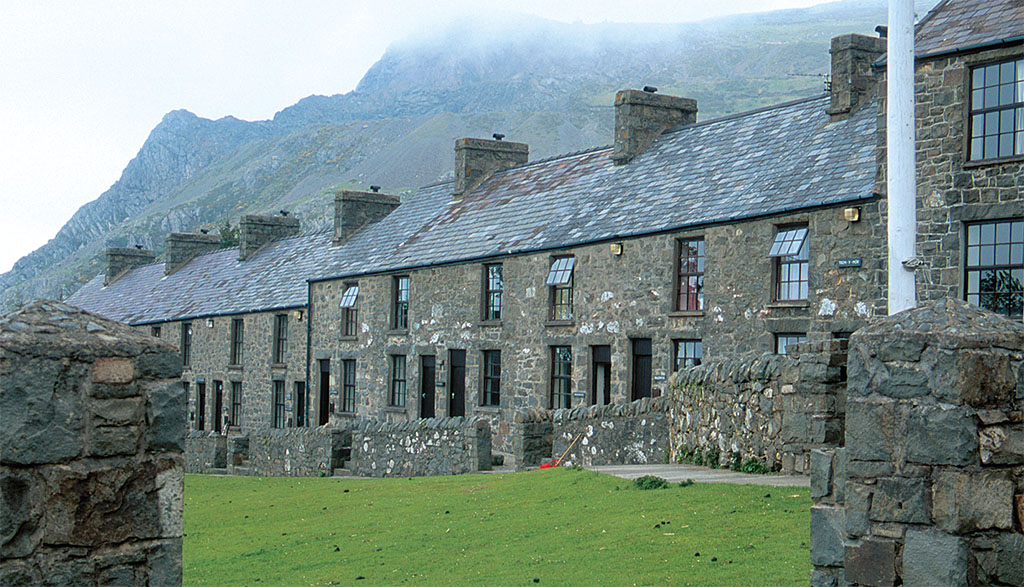
YVONNE MCHE HORN
Jones-Griffith explains the center’s willingness to accommodate nonstudents: “Anyone who comes here, even those who wander down the road to look around for but an hour or so, cannot help but go away with a cyflwyniad (introduction) to the Welsh language and culture".
FOR MORE INFORMATION
Nant Gwrtheyrn, Llithfaen, Pwllheli, LL53 6PA, Wales
Phone: 01758 750334
E-mail: [email protected]
Web site: www.nantgwrtheyrn.org
[caption id="NantGwrtheyrn_img7" align="aligncenter" width="661"]
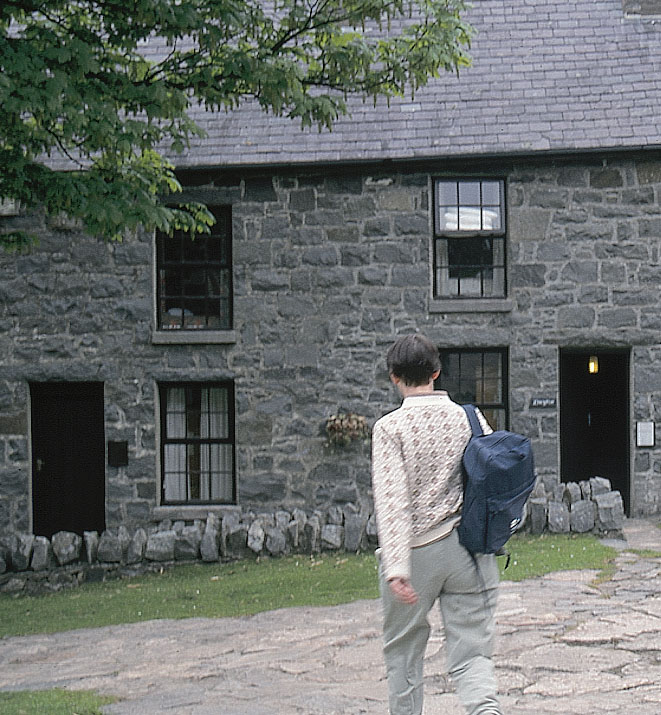
TIM THOMPSON





Comments